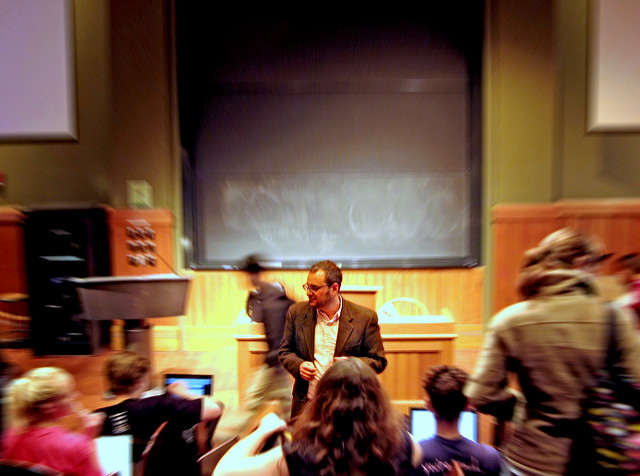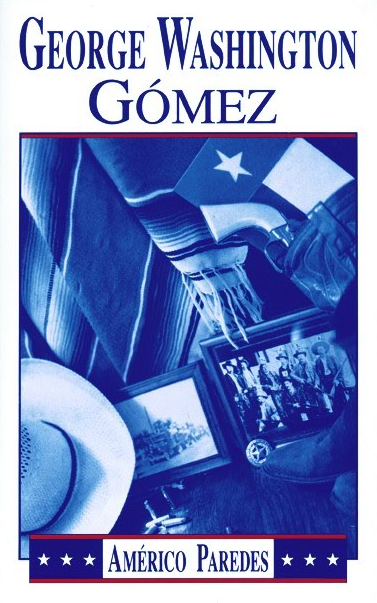How low-income students at elite colleges create their own obstacles

*Ray Salazar makes a case about the struggles of Latino students in Ivy League and other prestigious universities. Most, he says, are of their own making. I’m interested in what you think. VL
 By Ray Salazar, The White Rhino
By Ray Salazar, The White Rhino
I came across a Boston Globe article from almost a year ago that highlighted the challenges many low-income students at Ivy League colleges face. The article’s title emphasized the students’ economic status: “What it’s like to be poor at an Ivy League School?” But after reading it a few times, after exchanging ideas on social media with a few people, I realized why the article was misleading readers to feel sorry for these students.
“Once on campus, students report feelings of loneliness, alienation, and plummeting self-confidence.”
Guess what, Ivy Leaguers? This is not new. This lack of self-confidence has been part of the low-income, first-generation college experience for generations—especially for students of color.
Since Ivy League colleges began “zero family contribution” programs, programs that give full scholarships at Princeton, Yale, and Harvard if students earn admission and if their family makes under $65,000 at some schools (or under $150,000 at other schools), this first-generation struggle has gotten more attention.
I read about the student who opted for a single dorm room her freshman year to avoid uncomfortable living quarters with someone from a privileged background and thought, “She’s ostracizing herself in some comfortable accommodations.”
This article was originally published in The White Rhino.
Since 1995, Ray has been an English teacher in the Chicago Public Schools. In 2003, Ray earned an M.A. in Writing, with distinction, from DePaul University. In 2009, he received National Board Certification. His writing aired on National Public Radio and Chicago Public Radio many times and have been published in the Chicago Tribune and CNN. For thirty years, Ray lived in Chicago’s 26th Street neighborhood. Today, he lives a little more south and a little more west in the city with his wife, son, and daughter.
[Photo by matt/Flickr]Suggested reading


